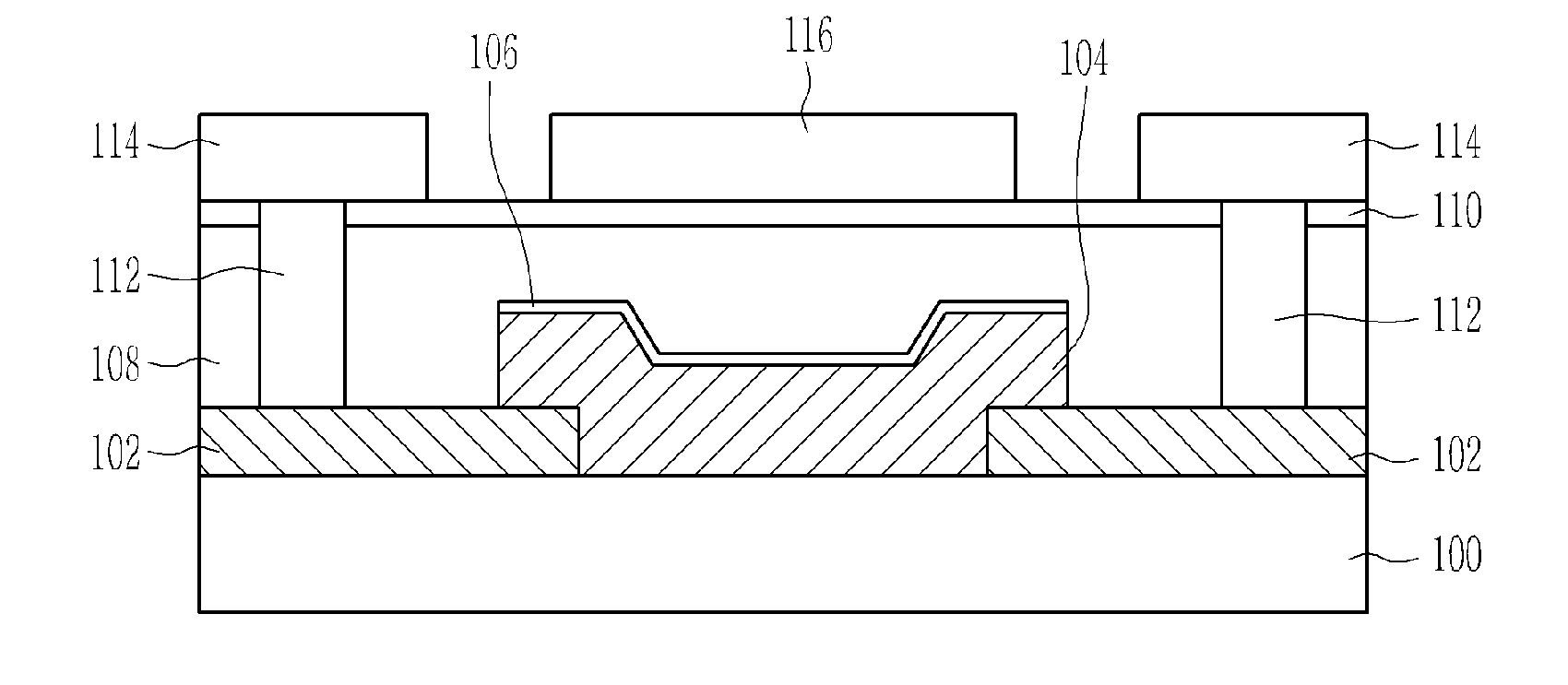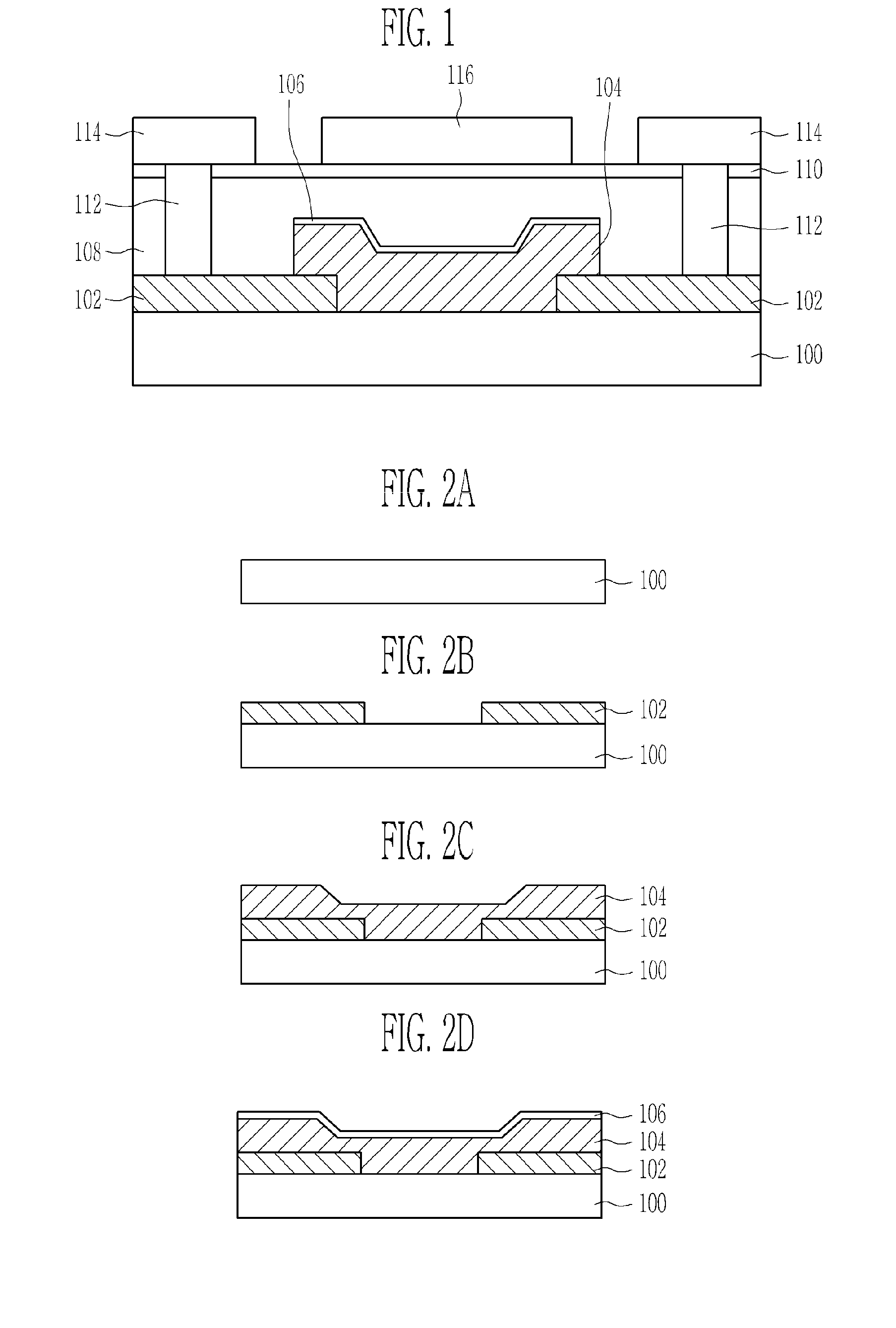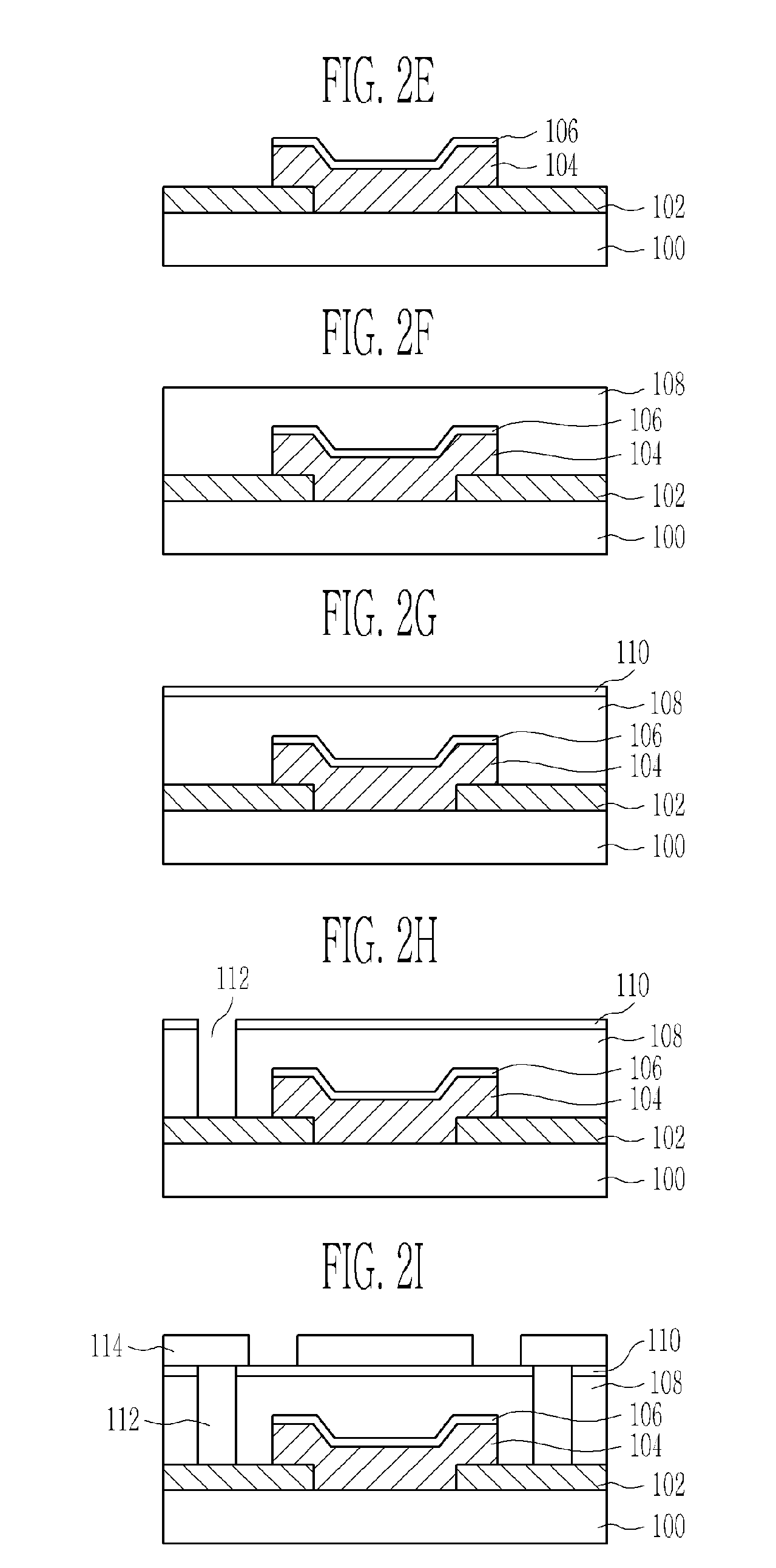Transparent nonvolatile memory thin film transistor and method of manufacturing the same
a thin film transistor and non-volatile technology, applied in the direction of thermoelectric device junction materials, semiconductor devices, electrical equipment, etc., can solve the problems of affecting affecting the quality of oxide resistive memory, and affecting the quality of the entire electronic system, so as to reduce the process temperature and ensure the effect of process compatibility
- Summary
- Abstract
- Description
- Claims
- Application Information
AI Technical Summary
Benefits of technology
Problems solved by technology
Method used
Image
Examples
Embodiment Construction
[0058]The present invention will be described more fully hereinafter with reference to the accompanying drawings, in which exemplary embodiments of the invention are shown. This invention may, however, be embodied in many different forms and should not be construed as being limited to the embodiments set forth herein. Rather, these embodiments are provided so that this disclosure is thorough and complete and fully conveys the concept of the invention to those skilled in the art. In the drawings, portions irrelevant to a description of the invention are omitted for brevity, and like numbers refer to like elements throughout.
[0059]It will be understood that the terms “comprises,”“comprising,”“has,”“having,”“includes,”“including” and / or variations thereof, when used in this specification, specify the presence of stated features, regions, steps, operations, elements, and / or components, but do not preclude the presence or addition of one or more other features, regions, steps, operations...
PUM
 Login to View More
Login to View More Abstract
Description
Claims
Application Information
 Login to View More
Login to View More - R&D
- Intellectual Property
- Life Sciences
- Materials
- Tech Scout
- Unparalleled Data Quality
- Higher Quality Content
- 60% Fewer Hallucinations
Browse by: Latest US Patents, China's latest patents, Technical Efficacy Thesaurus, Application Domain, Technology Topic, Popular Technical Reports.
© 2025 PatSnap. All rights reserved.Legal|Privacy policy|Modern Slavery Act Transparency Statement|Sitemap|About US| Contact US: help@patsnap.com



